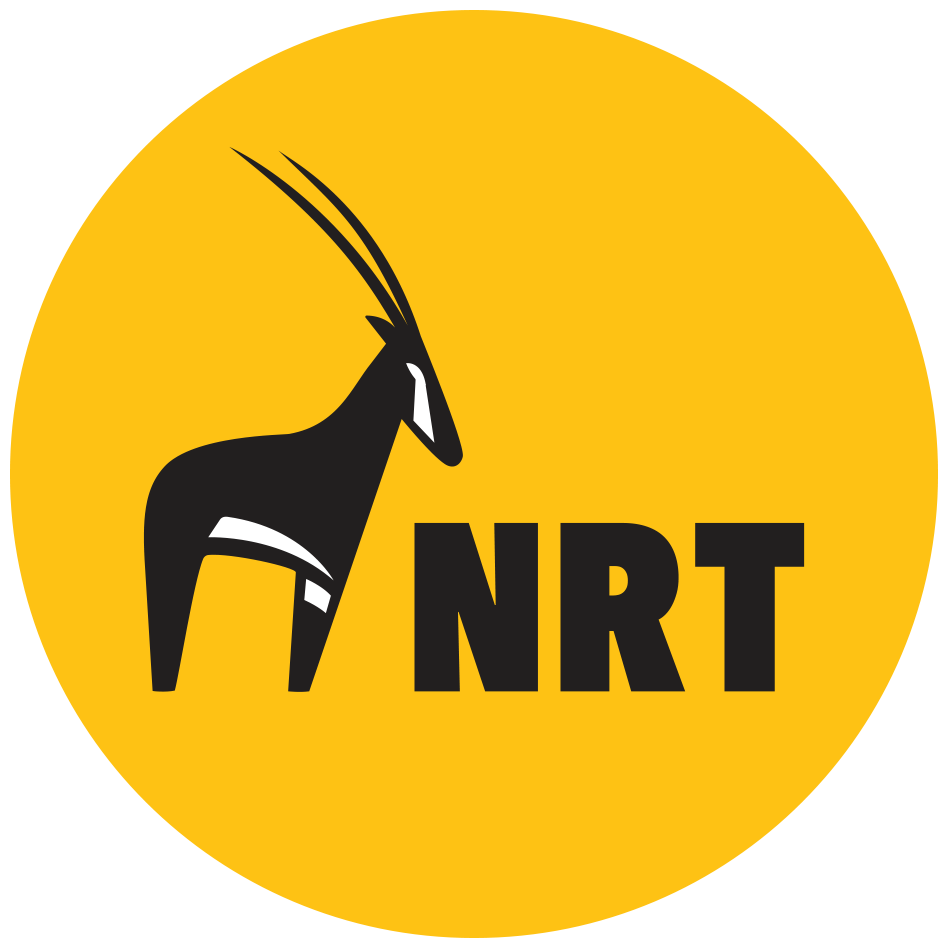#10Guardians; Meet Emily Loldepe, the Beisa Oryx Guardian
Photo by David Clode on Unsplash
“This is a man’s job—do you think you can do it as a woman?”
Emily Loldepe vividly recalls these startling words directed at her by a tribesman in November 2018. At the time, she had just been appointed as the new Rangelands Coordinator of Nakuprat-Gotu Community Conservancy, home to the Borana and the Turkana, who historically are semi-nomadic pastoralists. It was the first time a woman had filled the position. But the skeptical remarks hurled at her never deterred Emily from actualizing her dream of serving her community through conservation.
As the Rangelands Coordinator, Emily oversees and manages the implementation of all rangelands-related activities in the Conservancy. She also invests a significant amount of time in organizing and attending grassroots-level awareness meetings, where she engages with community groups, such as charcoal burners, grazing committees, and camel herders, whose activities affect the health of the Conservancy’s rangelands. But perhaps the most intriguing part of Emily’s job is her involvement with the Beisa Oryx Project.
The Project, which is supported by the International Union for Conservation of Nature (IUCN) Save Our Species and co-funded by the European Union, was launched in Nakuprat-Gotu Conservancy in May 2021, to mobilize the local community to monitor and protect the beisa oryx, which is listed by IUCN’s Red List of Threatened Species as ‘endangered’.
Ms. Emily Loldepe, the Beisa Oryx Guardian
An aerial survey conducted in Nakuprat-Gotu in 2021 revealed the Conservancy has at least 814 beisa oryx individuals. The Conservancy also hosts numerous wildlife, including Grévy’s zebras, giraffes, ostriches, lions, elephants, and various bird species.
Emily regularly organizes awareness meetings to sensitize the community on the importance of co-existing harmoniously with the beisa oryxes roaming freely in the Conservancy. Ever since she was a child, she had admired the beisa oryx because of its unrivaled beauty and majesty. “Growing up, my friends and I would pretend to be wildlife. The boys would be lions, and the girls would be beisa oryxes. We would smear mud or ashes on our bodies to mimic the appearances of these two species. The boys would then chase us girls like a lion would an oryx. It was so much fun,” she fondly recollects.
Emily has also been spearheading awareness campaigns against logging and charcoal burning and educating the community on how these activities destroy the beisa oryx’s habitat and increase the community’s carbon footprint. “The excessive logging and burning of charcoal degrade wildlife habitats, and in the long run, strains the Conservancy’s finances, as more funds are pumped into rehabilitating the degraded areas,” she elaborates.
Emily also collaborates with the Conservancy’s Grazing Committee and the village-based grazing committees, providing support to facilitate the development of grazing plans. A well-structured grazing system not only ensures that the community’s livestock are well fed throughout the year but also helps preserve forage for the beisa oryx, which recently have had to compete with livestock for pasture.
Previously, the traditional beliefs held by the communities in Nakuprat-Gotu combined with a lack of awareness posed a threat to the beisa oryx. “Some community members believed that if they placed a beisa oryx’s skin or horns in their house, they would attract good luck,’’ Emily explains. Regrettably, during that period many beisa oryxes were killed for their meat, skin, and horns. This practice is now non-existent, thanks to Emily’s relentless sensitization efforts. “Community members now understand the importance of protecting this species. Nowadays, when beisa oryxes stray into people’s homesteads, the issue is immediately reported to me, or the Conservancy’s administration, for action,’’ adds Emily.
Her work, however, has not been without its challenges. During some awareness meetings with charcoal burners, for instance, she experienced opposition from groups that make money selling charcoal. Emily’s efforts have also been hampered by fear-inducing insecurity incidents in the region, such as cattle rustling and the subsequent retaliatory attacks. These incidents also endanger beisa oryxes, which get caught in the crossfire between armed combatants.
Emily’s success in creating awareness about community-led beisa oryx conservation and her passion for her work has endeared her to community members. While she is committed to augmenting her efforts, she finds joy and encouragement in the progress made so far in breaking the gender stereotype in her community through conservation.
Many parents in Nakuprat-Gotu Conservancy are determined that their girls, who previously only stayed at home to assist with chores, should receive a good education and someday be like Emily. Emily has undoubtedly earned that badge of honor.
Disclaimer: This publication was developed with the financial support of the European Union through IUCN Save Our Species. Its contents are the sole responsibility of the Northern Rangelands Trust and do not necessarily reflect the views of IUCN or the European Union.





